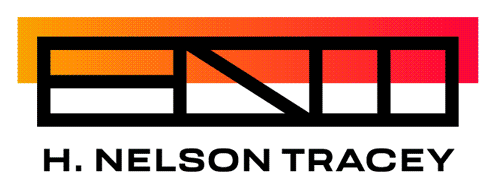Street Art of Bogota
/After three days of following Lonnie in Colombia, two of which were during his exchanges with emerald sellers in Bogota, he recommended I take the following day to go on my own, both to see the city for myself and to get some different footage for our project. I couldn’t have been more grateful for the opportunity to do some exploring and get to know the city a bit better.
I chose to go on a free tour of Bogota’s graffiti and street art. I couldn’t help but notice it everywhere and it would be a more unique way to learn about the city. Through it I learned so many more details that I would’ve otherwise glossed over. Here’s are some highlights from this experience. I met the small tour group at 10am and we began walking through La Candelaria, a famous neighborhood in the heart of Bogota.
The first piece of information shared on the tour was that Bogota is one of the few cities in the world where it is not illegal to do graffiti. Not surprisingly, it is everywhere as a result. Unlike other cities where most graffiti is done quickly and discretely, here in Bogota plenty of artists take their time to create powerful, memorable pieces.
Despite not being illegal, police officers can still give out fines, and they often will still harass anyone doing graffiti. Due to the corrupt and unmonitored nature of the police, they are not well-received among anyone doing street art. One particularly comical story is worth repeating: a few years back, international pop star Justin Bieber came to Bogota to perform a concert. During his visit, he decided he wanted to give street art a try himself! The same police officers who would harass and fine artists proceeded to escort Bieber around from place to place in the city and set up barricades while he did graffiti. Not to be had by the hypocrisy (not to mention his work was rubbish allegedly), numerous artists followed him around and would immediately cover up anything he did, amongst tweens trying to stop them from destroying their idol’s creations.
Most of the art carries a social or political message. However, in order to avoid being censored, it almost always is symbolic imagery instead of a direct message. The tour guide (a street artist himself) told a story of how in response to the US’s Fair Trade Agreement with Colombia, he put an image of Obama surrounded by Colombian pesos with the message: “Obama loves Colombia.” It was removed within 24 hours. He recreated the same image but without the slogan, and it was left up for 2 weeks. The more symbolic, the longer the message can have lasting power. That being said, many pieces are still simply art for the sake of art.
Thanks to the tour, it became much easier to know which pieces were by what artists thanks to their distinctive styles. A few prominent artists are extremely prolific. My favorite one is a stencil artist by the name of DJ LU. All throughout the city, he has plastered a distinct series of stencil-based pieces with a clear, provocative message. The work can speak for itself – here are a few of my favorites.
this is a reference to the american company "dole," which has destroyed forests and entire livelihoods after a fair trade agreement with the us was established that benefitted corporations growing fruit in colombia
dj lu - his signature can be found on all his work - i love this design
These incredible pieces can be found all over, and I’m sure there were plenty that I didn’t see. It inspired me with a few similar ideas for my own work.
The tour ended with a large commissioned wall in downtown by three prominent artists including DJ LU. The far left image is especially powerful. In Northern parts of Colombia, where the cities are too remote and hilly for taxi cabs, there are poor people who essentially work as human taxis by carrying the more wealthy up mountains or wherever they’re going. The class divide is universal but here is applied specifically to Colombia. The poor person is being pulled forward by birds, innocent creatures attempting to pull him free. He is being weighed down by the pressures of society: TV, religion, an automobile, and money (specifically an American dollar sign).
The aforementioned piece
I can imagine there is even more to the image that I didn’t gather as well. Again, this incredible, powerfully metaphorical imagery is distinctive to Bogota.
So ended this phenomenal tour. Once everyone had left I thanked the tour guide and he revealed to me that he was one of the artists mentioned on the tour, but kept anonymous for his own safety. For lunch, per his recommendation, I went to a local place called Crepes and Waffles, whose distinguishing feature is that every one of their staff is a single mother! Talk about an empowering business model, not to mention the food was delicious.
I enjoyed the remainder of my day off, and checked out the night scene of Bogota later on, but the highlight remained the street art and gaining a new appreciation for an element that permeates everywhere you walk in Bogota.
One of my favorites





